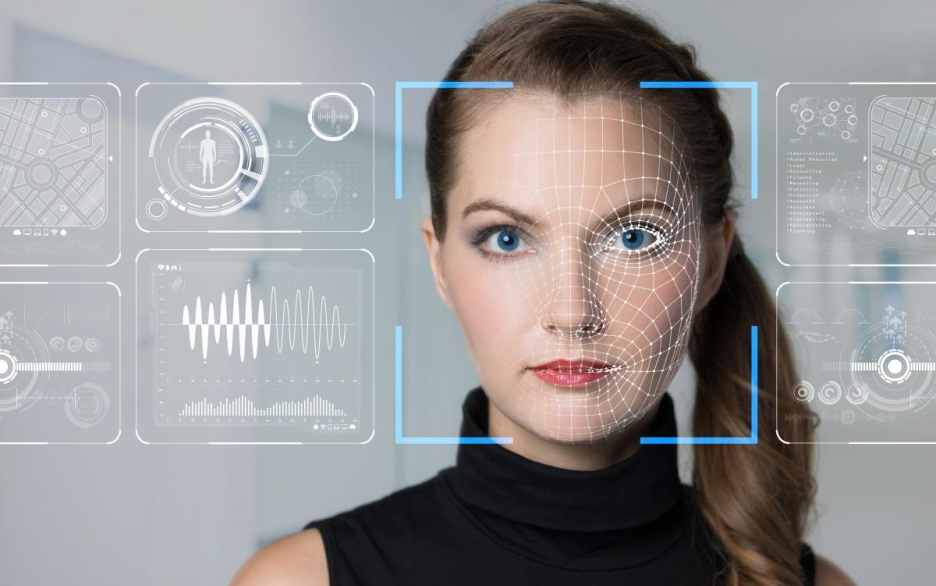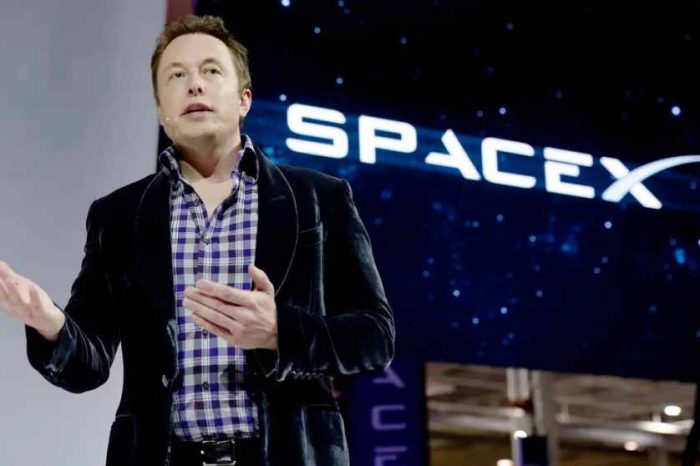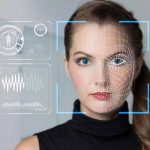The U.S. government successfully tested facial recognition technology that can recognize masked faces with up to 96% accuracy

Are you worried about government surveillance in the coronavirus age? Maybe you should. At the rate we are going, not even masks can stop the surveillance as governments around the world are now testing new facial recognition technologies that accurately identify individuals wearing protective face masks.
The use of facial recognition technology is nothing new. Back in May 2018, we wrote about Spanish startup Herta after it was named the winner of the best facial recognition vendor at the 2018 Biometric Rally organized by The US Department of Homeland Security (DHS). But it wasn’t until March 2020 that China announced it has used new AI facial recognition technology to identify masked faces. Now, the U.S. federal government is testing similar technology here in the United States.
According to a press release issued on Monday by DHS, the agency said it was able to use “facial recognition technologies to accurately identify individuals wearing protective face masks.” The pilot test, which was conducted by the DHS’ Science and Technology Directorate (S&T) as part of its third annual Biometric Technology Rally at a facility in Maryland, found the facial recognition technology with 96% accuracy.
Should Americans be worried?
It all comes down to where and how the government wants to use this technology. For now, DHS said that it is planning to apply the new facial technology to screening processes at airports and other ports of entry. DHS said the technology could reduce the need for people to remove masks at airports or ports of entry. For example, the U.S. Customs and Border Protection’s (CBP) Simplified Arrival program currently uses facial recognition to verify the identity of airline travelers arriving in the U.S. The program was recently expanded to airports in Las Vegas, San Francisco, and Los Angeles.
Based on the early results released Monday on the Biometric Rally website, DHS found:
- Without masks, median system performance demonstrated a ~93% identification rate, with the best-performing system correctly identifying individuals ~100% of the time.
- With masks, median system performance demonstrated a ~77% identification rate, with the best-performing system correctly identifying individuals ~96% of the time.
- Performance can vary greatly between systems.
Based on these results, organizations that need to perform photo ID checks could potentially allow individuals to keep their masks on, thereby reducing the risk of COVID-19 infection.
“This isn’t a perfect 100% solution,” said Arun Vemury, director of S&T’s Biometric and Identity Technology Center, “but it may reduce risks for many travelers, as well as the frontline staff working in airports, who no longer have to ask all travelers to remove masks.”
Final test results from the 2020 Biometric Technology Rally are anticipated in the coming weeks.

